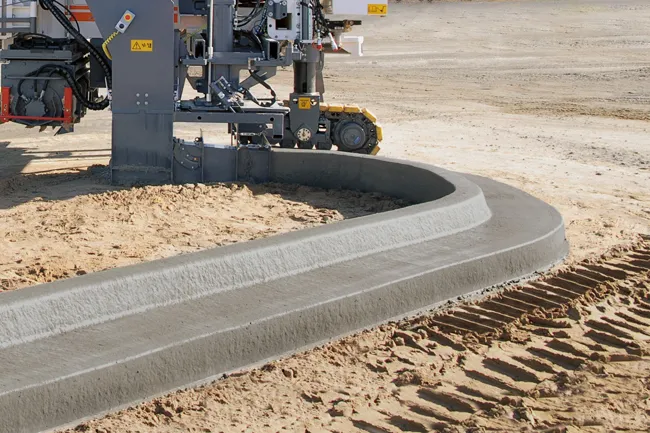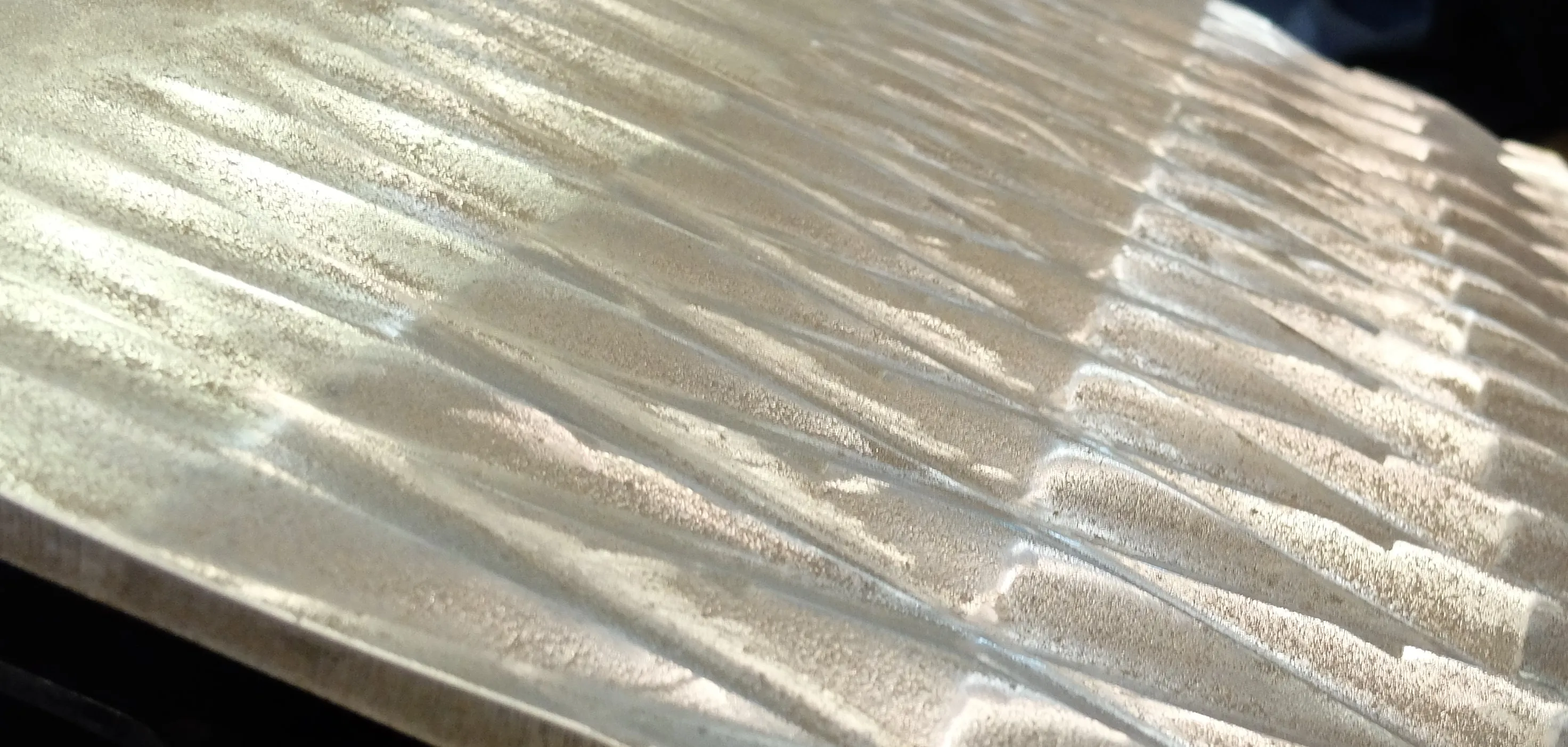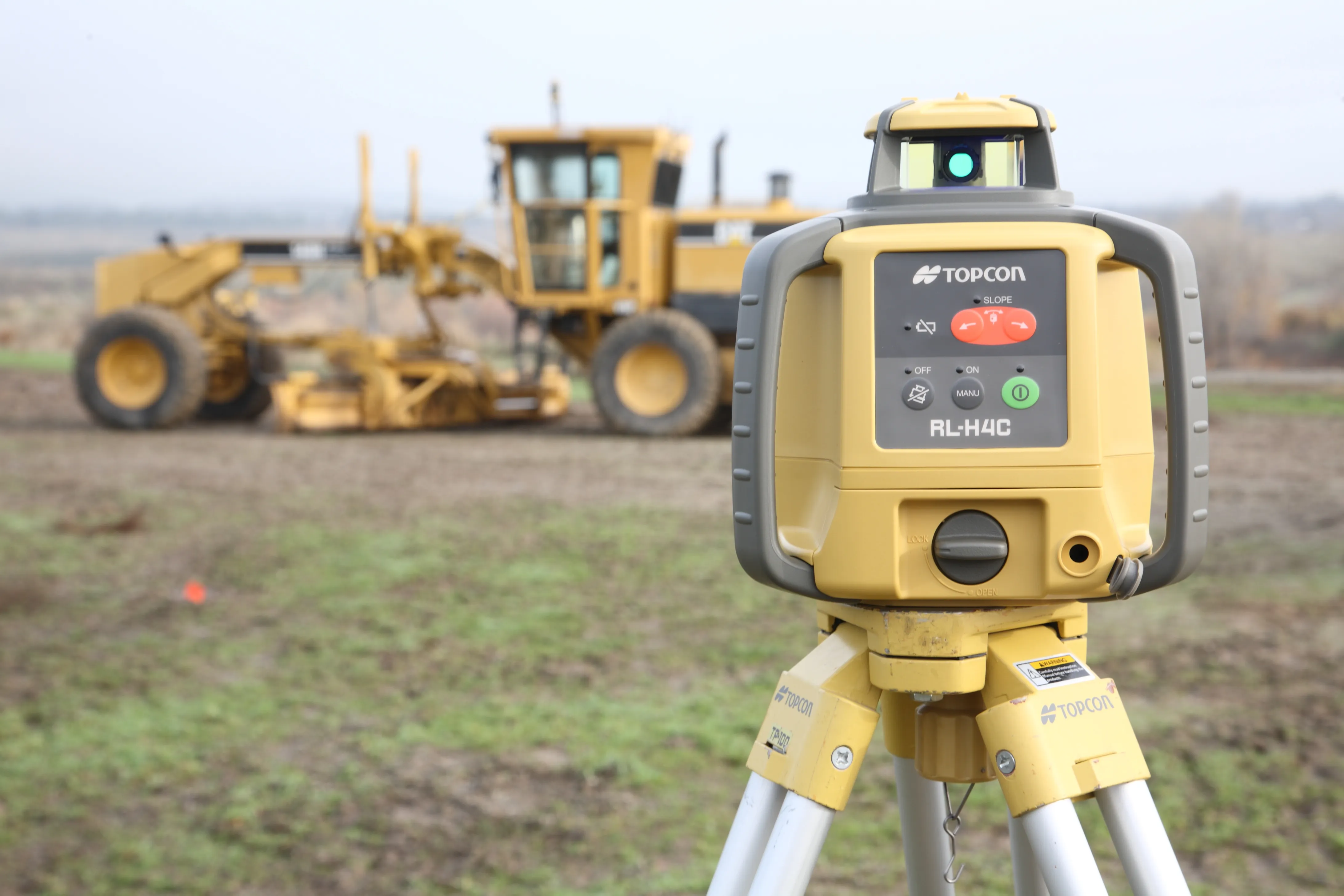
A key announcement from
The new Z-Robot is an advanced robotic total station with integrated Z-beam laser technology. The Z-Robot is designed to provide a hybrid function of high-precision, optically-based vertical accuracy control and the convenience of Z-beam laser positioning to maintain that accuracy across the paver.
“The ZPS system’s self-levelling Z-Robot cuts set-up time in half compared with previous concrete paving methods,” said Murray Lodge, senior vice president and general manager of Topcon’s Construction Business Unit. “With traditional systems, you need multiple, expensive robotic total stations to control the paver at any given time and at least another complete set of instruments for downrange transition. With the ZPS system, only one Z-Robot controls the paver - increasing productivity and profitability, and dramatically lowering the cost of the solution compared to LPS.”
On board the paver, the ZPS system uses the new Topcon Z-Stack modular-designed system that seamlessly integrates GPS, optical targeting and Z-beam reception into one unit by interlocking the required sensing technologies in one rugged ‘stack’.
“The Z-Stack sensor is revolutionary,” said Lodge. “It combines time-proven Topcon positioning technologies into one multi-functional, consolidated and complete system that provides better accuracies and more efficient paving than ever before. The system requires no separate base station and only one cable needed for power and connectivity.
“The system also offers a wider working area, with a range of up to 150 more feet than with traditional methods — minimizing instrument transitions,” said Lodge.









